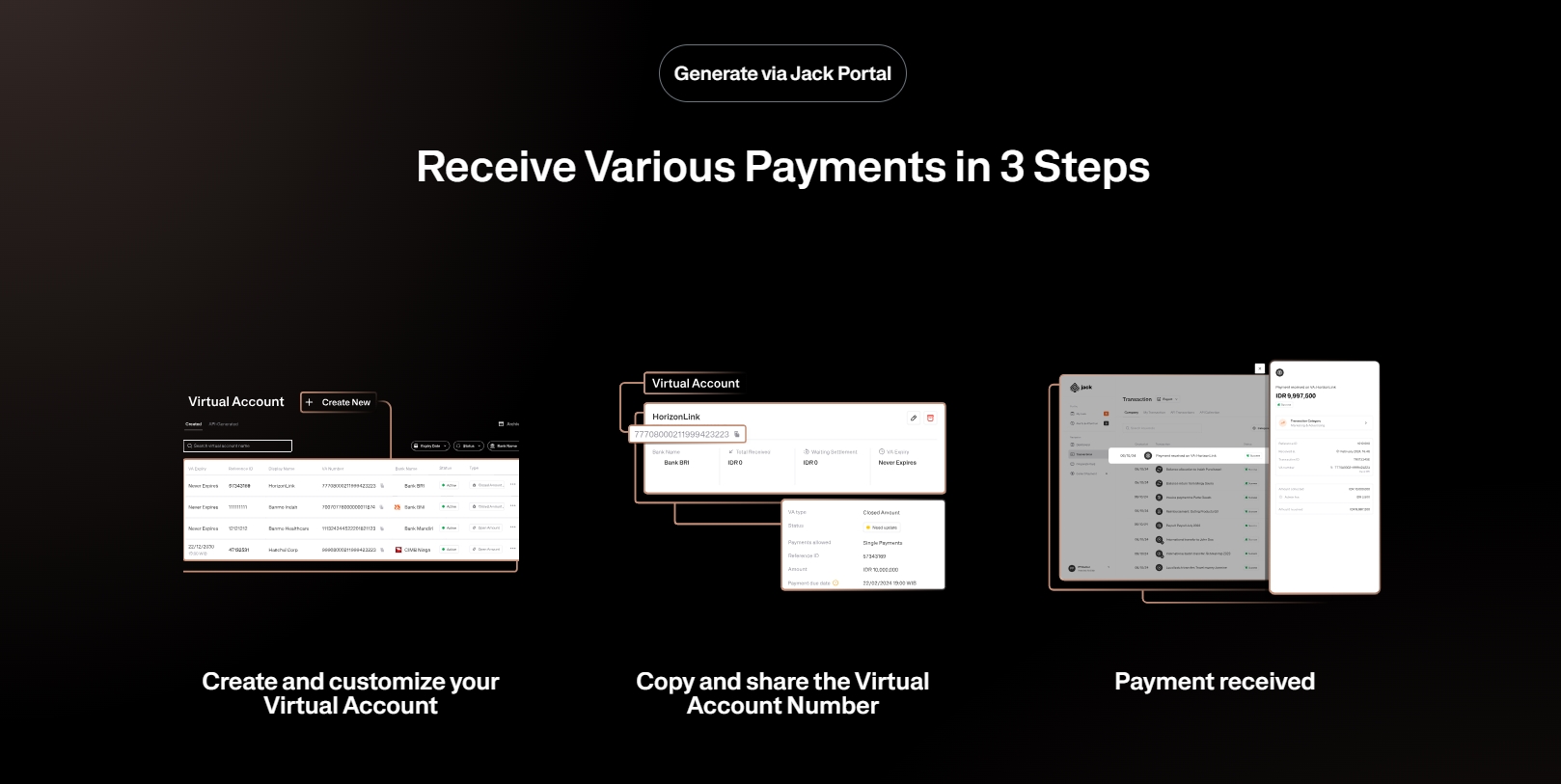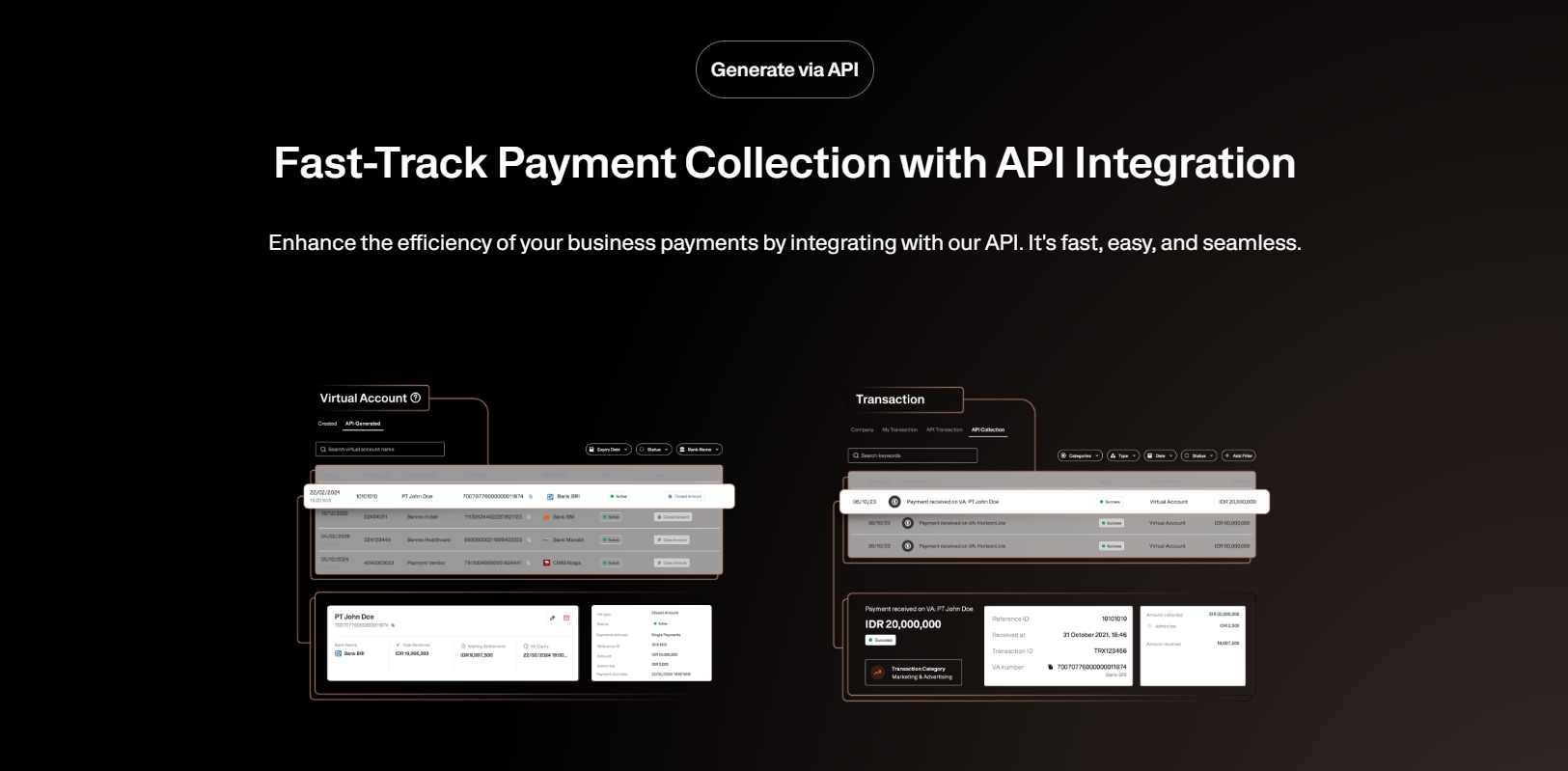In every business plan, business financial projections are a crucial element. This plan is not only for predicting financial figures, but also for mapping out the direction and goals of your business going forward. As a business owner, understanding how to create accurate financial projections can help you plan the future of your company more effectively and attract investor interest.
In this article, we will thoroughly discuss financial projections in a business plan, the steps for creating them, and how you can make them accurate to achieve long-term business goals.
Also read: Easier, Automatic, and Real-Time Transactions with API Disbursement
What Are Business Financial Projections

Before we dive deeper, it is important to understand what is meant by business financial projections. Simply put, financial projections are estimates or forecasts of a company’s financial condition in the future. These projections are made by considering various data and realistic assumptions, including expected revenue, expenses, and the movement of future cash flows.
Financial projections are essential because they provide a picture of whether your business will generate enough revenue to cover operational costs and make a profit. Therefore, this is not only useful for business owners, but it is also very helpful for investors who want to know the potential of your business.
Spend with Flexibility, Anywhere with Jack
Importance of Business Financial Projections
For both business owners and investors, financial projections offer many benefits. Here are several reasons why financial projections should be carefully prepared:
1. Demonstrates Growth and Profit Potential
Having clear financial projections allows you to show the potential for your business to grow. Investors are more likely to be interested if they see numbers that indicate steady growth and increasing profits.
2. A Better Business Planning Tool
With financial projections, you can plan for funding needs for expansion, account for operational costs, and plan for investments needed to support business growth. This prepares you to face financial challenges more effectively.
3. Easier Financial Management
Financial projections also simplify financial management. You can monitor and evaluate whether your expenses or income are in line with your plans. If there are significant differences, you can make adjustments quickly to ensure your business remains on track.
4. Attracts Investors
For many investors, solid financial projections are proof that your business can provide long-term profits. With accurate projections, you can convince investors to invest their capital in your business.
How to Create Accurate Business Financial Projections

Creating accurate business financial projections requires good data, a deep understanding of the market conditions, and proper analysis. Here are the steps you need to follow to develop a business plan with reliable financial projections:
1. Gather Historical Data
The first step is to gather all existing financial data, including financial reports from previous years such as balance sheets, income statements, and cash flow statements. By looking at trends from the past, you can predict your business’s performance in the future.
2. Define Assumptions and External Factors
Next, you need to make realistic assumptions about factors that can affect your financial performance. These could include changes in economic conditions, regulatory changes, or even competition in the market. Don’t forget to consider upcoming costs, such as rising raw material prices or labor costs.
3. Create Revenue and Expense Projections
After that, create revenue projections by detailing the main income sources and how they will grow in the future. Project production costs, operational expenses, and all related expenditures. You can also break down fixed and variable costs to get a clearer picture.
4. Plan Cash Flow
Cash flow is crucial to ensure that your business remains liquid. Project your cash flow by reviewing periodic expenses and income. This way, you can anticipate potential liquidity problems early on and prepare for them.
5. Determine Break-even Point
The break-even point is when your revenue equals your expenses. This is important to know when your business will begin generating profit. By understanding your break-even point, you can plan when your business will start operating profitably.
6. Evaluate and Adjust Periodically
After creating the projections, it’s important to monitor actual results regularly and compare them to your projections. If there are significant differences, you can adjust your financial plan to keep everything in line with your long-term business goals.
Also read: Corporate Card: Definition, How it Works & Benefits for Startups
Example of Business Financial Projections
To give you a clearer picture, here is an example of financial projections for a business in the culinary field. These projections include an income statement, balance sheet, and cash flow statement.
Income Statement
| Year | Year 1 | Year 2 | Year 3 |
|---|---|---|---|
| Revenue | Rp200,000,000 | Rp350,000,000 | Rp500,000,000 |
| Production Costs | Rp80,000,000 | Rp120,000,000 | Rp150,000,000 |
| Gross Margin | Rp120,000,000 | Rp230,000,000 | Rp350,000,000 |
| Operating Costs | Rp50,000,000 | Rp80,000,000 | Rp100,000,000 |
| Net Profit Before Tax | Rp70,000,000 | Rp150,000,000 | Rp250,000,000 |
Balance Sheet
| Year | Year 1 | Year 2 | Year 3 |
|---|---|---|---|
| Non-Current Assets | Rp8,000,000 | Rp6,000,000 | Rp4,000,000 |
| Current Assets | Rp10,000,000 | Rp15,000,000 | Rp20,000,000 |
| Total Assets | Rp18,000,000 | Rp21,000,000 | Rp24,000,000 |
| Liabilities | Rp2,000,000 | Rp3,000,000 | Rp4,000,000 |
| Owner’s Equity | Rp10,000,000 | Rp12,000,000 | Rp15,000,000 |
| Total Liabilities and Equity | Rp18,000,000 | Rp21,000,000 | Rp24,000,000 |
Cash Flow Statement
| Year | Year 1 | Year 2 | Year 3 |
|---|---|---|---|
| Cash Receipts | Rp20,000,000 | Rp35,000,000 | Rp50,000,000 |
| Cash Payments | Rp12,000,000 | Rp18,000,000 | Rp25,000,000 |
| Net Cash Flow | Rp8,000,000 | Rp17,000,000 | Rp25,000,000 |
Use Jack for your business needs
Business financial projections are a crucial element in planning for the future and achieving your business’s long-term goals. It is important to continually evaluate and adjust your financial projections to ensure they remain accurate and aligned with your business’s objectives.








